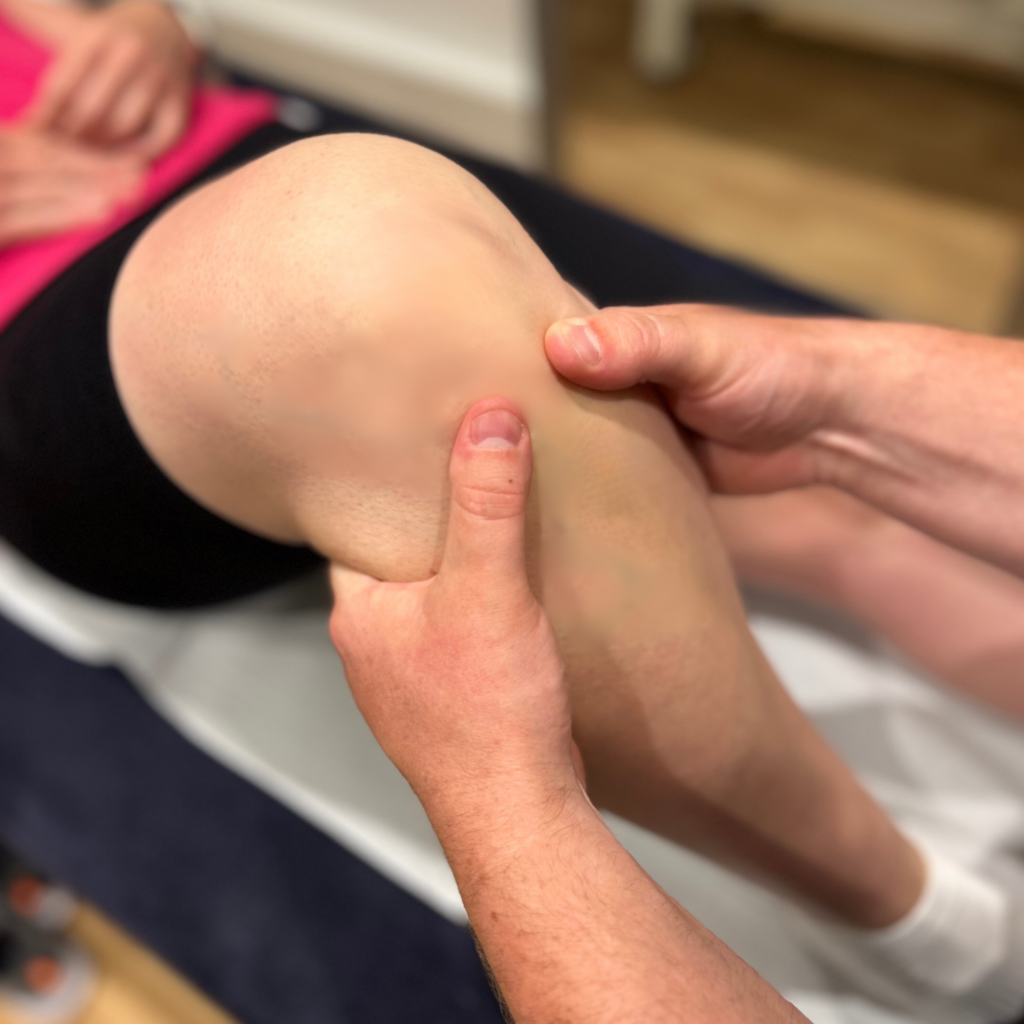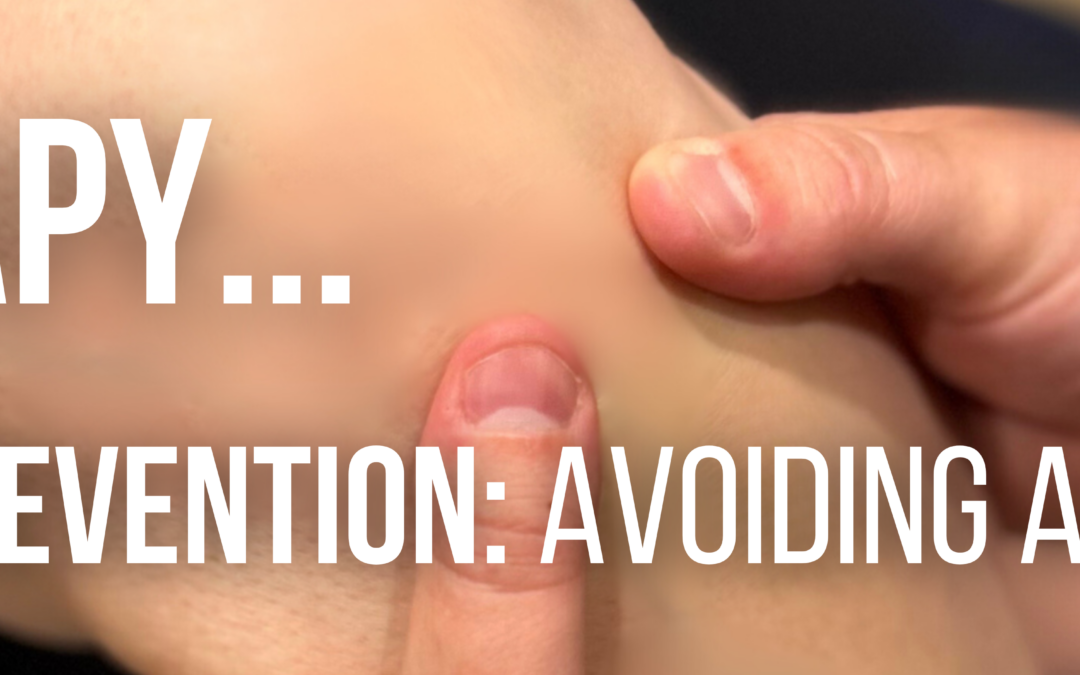Introduction
In the United Kingdom (UK), anterior cruciate ligament injuries (ACL) are one of the most common acute injuries. Although anyone can tear their ACL, these injuries commonly occur in field sports (football, rugby and hockey) and court sports (basketball and tennis). Of note, women are more susceptible to ACL injuries because of the menstrual cycle, orientation of their hips and knees, and differences in neuromuscular activation patterns.
The goal of this blog is to educate readers on what the ACL is and how we can reduce risk of ACL tears. An ACL tear can happen at any time, without any warning. Therefore, it’s important that we do everything in our power to reduce chances of a tear. By reading this, you are stepping in the right direction to do so.
What is the ACL and how is it injured?
The knee joint is extremely complex and is made up of cartilage, ligaments, tendons, bones and fluid. Ligaments, such as the ACL, connect bones to each other, giving stability at joints.
The ACL is located deep in the centre of the knee alongside the posterior cruciate ligament (PCL). Together, they form a cross (or an “X”) within the knee, providing much needed stability to the knee joint. The ACL prevents excessive forward motion of the knee, whereas the PCL prevents excessive backward motion.
It is almost impossible to predict when an ACL tear will occur. Typically, injury occurs during sports involving rapid accelerations and decelerations, changes of directions, jumping and landing, and contact. Most patients complain of hearing a sudden “pop” alongside deep knee pain. Other symptoms of ACL tears are the knee giving way, reduced range of motion and of course, difficulty walking. MRI is the primary modality to diagnose ACL tears.

How to reduce risk of ACL tears
1. General Strength Training
Strength training is a crucial component in the prevention of ACL injuries. By using the principle of progressive overload, where the body is gradually exposed to increasing volumes and intensities of exercise, it adapts by becoming stronger and more resilient. This adaptation goes beyond mere muscle growth; it encompasses the strengthening of connective tissues. As the body adjusts to higher demands, not only do muscles become stronger, but so do the ligaments and tendons. Ultimately, the goal of strength training is not only to build bigger muscles, but to create a well-balanced and resilient musculoskeletal system.
By engaging in regular strength training, athletes can enhance the robustness of their ACL and other knee structures, making them more capable of withstanding the high forces encountered during field and court sports.
A great place to start with strength training is by focusing on your main compound lower body lifts, such as the deadlift and squat. It is vital that you use the progressive overload approach, safely (proper form) and consistently making small increases to the volume or intensity.
2. Don’t just train the quadriceps!
The quadriceps, located at the front of the thigh, are directly involved in knee extension and play a significant role in knee joint mechanics. However, the muscles surrounding the knee, such as the glutes, abductors, adductors, calves, and even the muscles of the feet are often forgotten about. Yet, they can contribute significantly to overall knee stability and function.
Strong glutes, abductors and adductors help maintain proper knee alignment during dynamic movements, reducing the risk of improper loading and subsequent ACL strain. Exercises like weighted hip thrusts, lunges and Copenhagen’s can be great for this. But remember to safely follow the progressive overload principle. A higher amount of muscle mass in these areas could help reduce ACL injury incidents.
Additionally, strengthening the calves and the muscles of the feet ensures better shock absorption and force distribution during activities. Often people forget how much force our feet and calves deal with when we run, sprint, jump and land. For example, the soleus, a small muscle in the back of the calve produces up to 8 times bodyweight of force during high-speed running. Calf raise variations, toe exercises, and isometrics can be great for improving the lower leg’s ability to produce and absorb force during sporting activities, helping reduce strain or load placed upon the knee.
3. Plyometrics and landing drills
Plyometrics and landing drills are exercises focused on improving the ability of the body to produce force, and rapidly decelerate and accelerate the body, which is crucial for knee stability during dynamic movements. When you jump, land or change direction quickly in sports, your muscles, tendons, ligaments and nervous system must work together to accelerate/decelerate the body safely. Plyometric training involves explosive movements such as jumps, hops, and bounds, which enhance muscle power. Landing drills focus on coordination, neuromuscular control and deceleration.
These exercises increase the lower extremities force production capacity and enhance proprioception, which is necessary to protect the knee during the dynamic and unpredictable movements of sports.
Speak to one of the team for help with any of these exercises!

